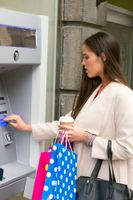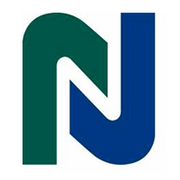What’s the Difference Between a Checking & Savings Account?

Having a safe place to keep your money is essential. For most people, a bank account offers the most convenient solution. However, there is more than one option to consider. Checking and savings accounts are both useful, but they serve different purposes. Before you decide to use these financial tools, you should understand how each one works. Here’s an overview of the differences.
A Guide to Checking & Savings Accounts
Checking
When you open a checking account, you can use it to complete purchases, pay bills, and receive direct deposits. These accounts are designed to make everyday transactions easier and provide a place to store money short term.
 A debit card is linked to most checking accounts, which allows you to withdraw or deposit cash at the ATM without ever having to go inside the bank. You can make an unlimited number of transactions and set up automatic bill pay so your monthly expenses come out of your account, eliminating the need to remember due dates.
A debit card is linked to most checking accounts, which allows you to withdraw or deposit cash at the ATM without ever having to go inside the bank. You can make an unlimited number of transactions and set up automatic bill pay so your monthly expenses come out of your account, eliminating the need to remember due dates.
Savings
In contrast, a savings account is where you keep money that you don’t plan to spend right away. It’s meant to help you build a nest egg for future expenses or an emergency. This can help you avoid impulsive spending on unnecessary items. You may also be required to maintain a minimum balance. Typically, there’s a limited number of transactions you can make with a savings bank account, but when you leave the funds untouched for a long period of time, they accrue interest, helping you get more out of your money.
If you’re interested in opening a checking or savings account, turn to North Jersey Federal Credit Union in Totowa, NJ. Since 1936, they’ve been one of the most trusted financial institutions in Passaic County. They offer a range of bank account options so you can choose the ones most suitable for your financial needs and goals. Call (973) 785-9200 to speak with a team member, or visit them online for more information on the products they provide.
About the Business
Have a question? Ask the experts!
Send your question

